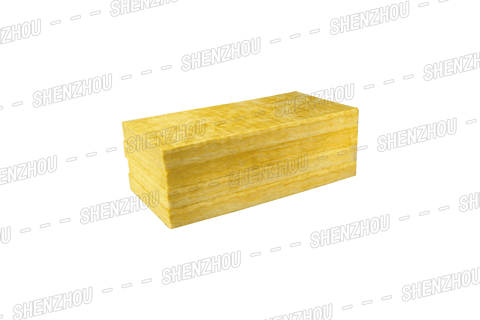
How to install rock wool board?
6/7/20245 min read

Rock wool board, as a high-quality insulation material, has a wide range of applications in the field of construction. To ensure that the rock wool board can effectively exert its insulation performance, correct installation steps and precautions are crucial. This article will provide a detailed introduction to the installation process of rock wool boards to help readers better understand and master them.
Categories
Popular
Applications of Glass Wool Board:
Interior Wall Compartments:
Enhances the functionality and aesthetics of interior spaces.
Ceiling Systems:
Provides effective insulation for ceilings, contributing to energy efficiency.
Insulation of Iron Sheet Air Ducts or Bellows:
Ideal for insulating ductwork, ensuring thermal efficiency.
Sound Absorption and Noise Reduction:
Reduces noise levels in machine rooms, creating a quieter working environment.
Exterior Wall Insulation:
Offers insulation for residential building exteriors, contributing to energy savings.
Glass Wool Insulation





Firstly, before installing the rock wool board, it is necessary to ensure that the base layer of the wall or roof is flat, dry, and free from defects such as dents, cracks, and hollowing. For newly built buildings, plastering treatment is usually required; For old buildings, it is necessary to remove the existing insulation materials and dirt. This step is crucial because the flatness of the base layer will directly affect the installation effect and insulation performance of the rock wool board.
Next, based on the weight and size of the rock wool board, determine the required number and spacing of angle steels. The angle steel should be installed on the four corners of the rock wool board and fixed with expansion screws. This can ensure that the rock wool board remains stable during installation and is not prone to displacement or detachment.
When installing rock wool boards, it is necessary to first measure the dimensions of the wall or roof to ensure that the size and dimensions of the rock wool board match the base layer. The installation direction of rock wool board should be the same as the direction of the wall or roof, and should be carried out layer by layer from bottom to top. During the installation process, the rock wool board should be kept horizontal and vertical, ensuring that the gap between the boards is not greater than 2mm. If the gap exceeds this range, insulation materials should be used to fill and treat it to ensure the insulation effect.
During the installation of rock wool boards, attention should also be paid to rainproof measures. Rainy construction may cause the rock wool board to become damp, affecting its insulation performance and service life. Therefore, it is necessary to pay attention to the weather forecast before construction to ensure installation is carried out under sunny weather conditions.
In addition, depending on the usage scenario and temperature requirements, it may be necessary to add an outer protective layer or insulation nails on the outside of the rock wool board. For example, when the temperature exceeds 200 ℃, a suitable outer protective layer must be added to prevent changes in the thickness and bulk density of the rock wool board. At the same time, for the insulation of large-diameter and flat wall equipment, it is also necessary to install insulation nails according to the manufacturer's requirements and ensure that the outer protective layer is tightly attached.
After installation, debugging and inspection are also required. Mainly check whether the rock wool board is installed firmly and smoothly, whether the gaps between the boards are properly handled, and whether the outer protective layer is intact and undamaged. If any problems are found, they should be rectified in a timely manner to ensure the insulation effect and service life of the rock wool board.
In summary, the installation process of rock wool boards requires following certain steps and precautions. The correct installation method and meticulous inspection work will help improve the insulation performance and service life of rock wool boards. At the same time, attention should also be paid to rainproof measures and construction safety to ensure construction quality and personnel safety. I hope this article's introduction can help readers better understand and master the installation methods of rock wool boards.

Why Choose SHENZHOU Glass Wool Board?
SHENZHOU® Glass Wool Board not only meets the essential requirements of thermal insulation but also excels in sound absorption and noise reduction. Its adaptability to various settings, coupled with the convenience of construction and installation, positions it as a leading choice for architects, builders, and contractors.
In conclusion, the broad application prospects of SHENZHOU® Glass Wool Board make it a comprehensive solution for enhancing comfort, energy efficiency, and acoustic performance across diverse projects. Choose SHENZHOU® for insulation solutions that go beyond expectations.










About Us
Click the button below to get more information about us
Newsletter
Click to subscribe for more information
Follow Us
Contact Us
Address
Dacheng town, Langfang City, Hebei province, China
Phone
+86 185 03165 626


